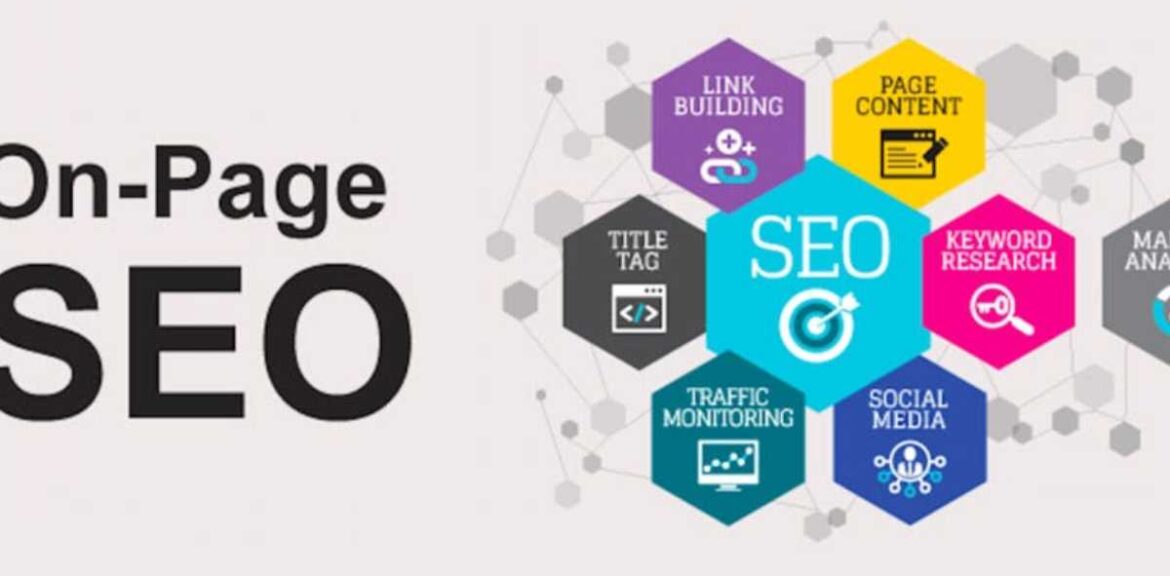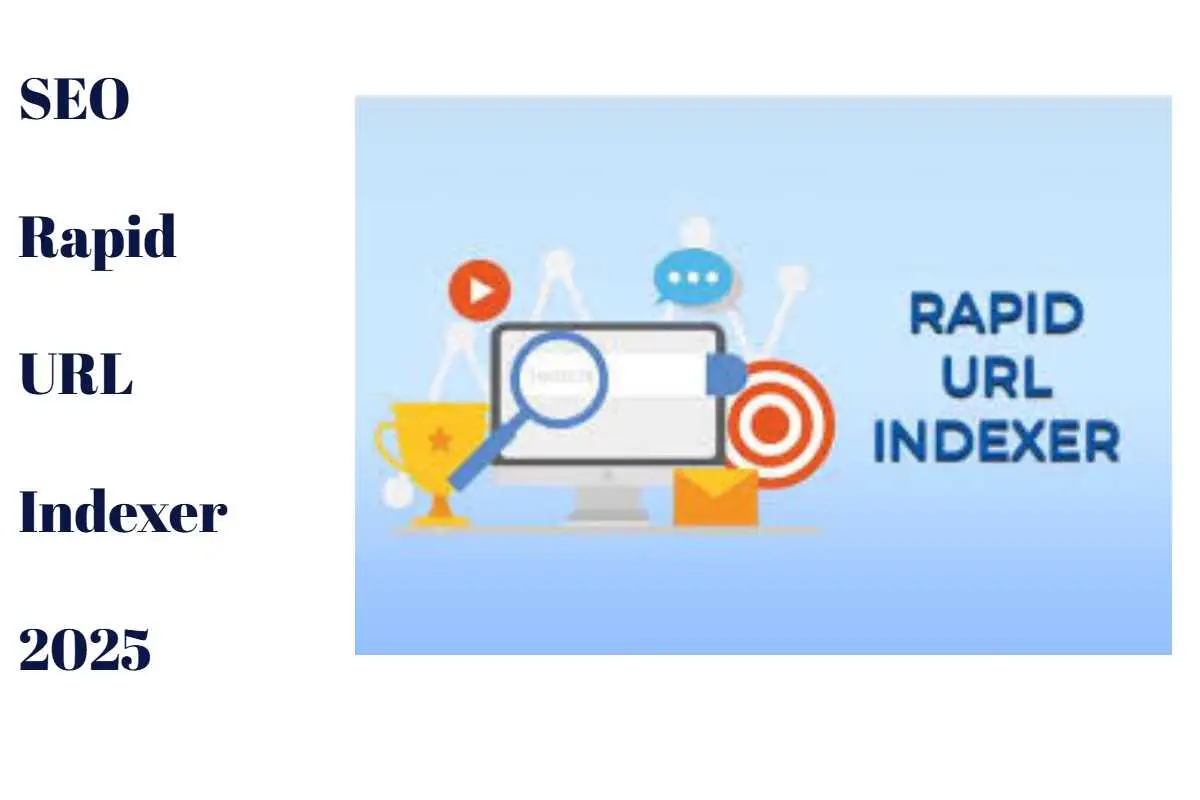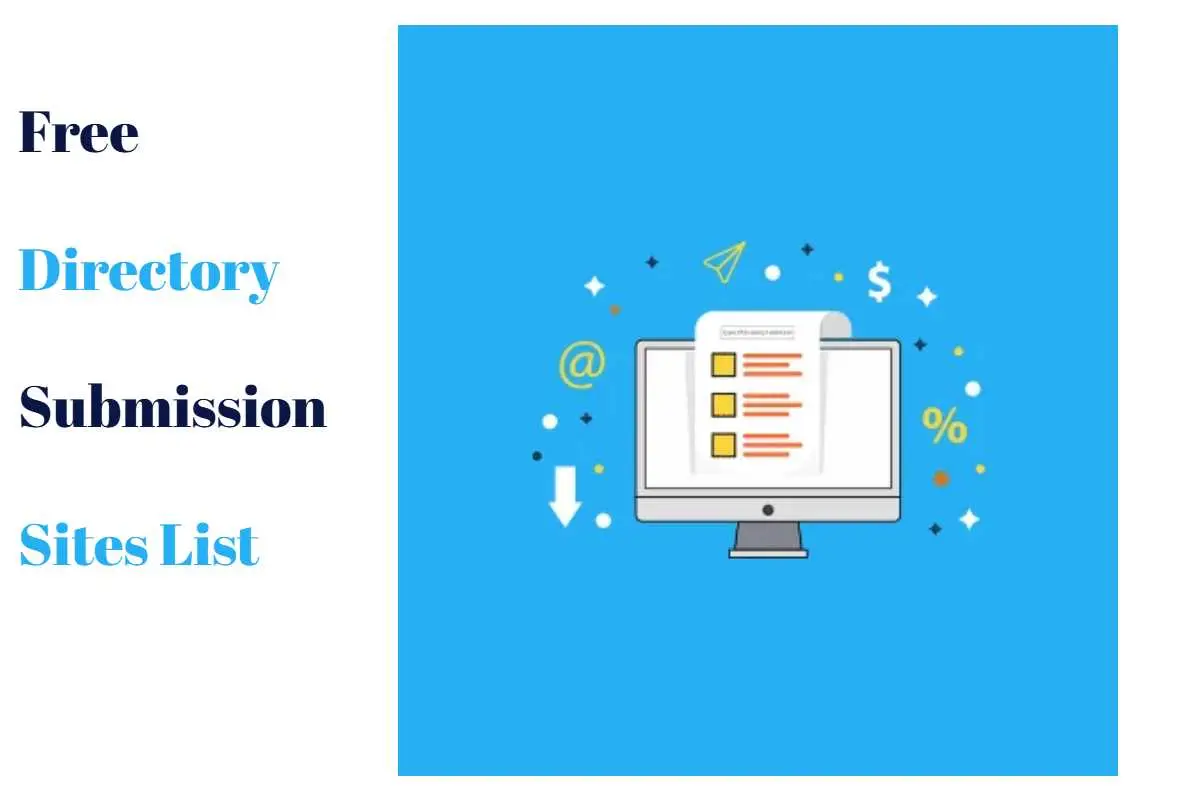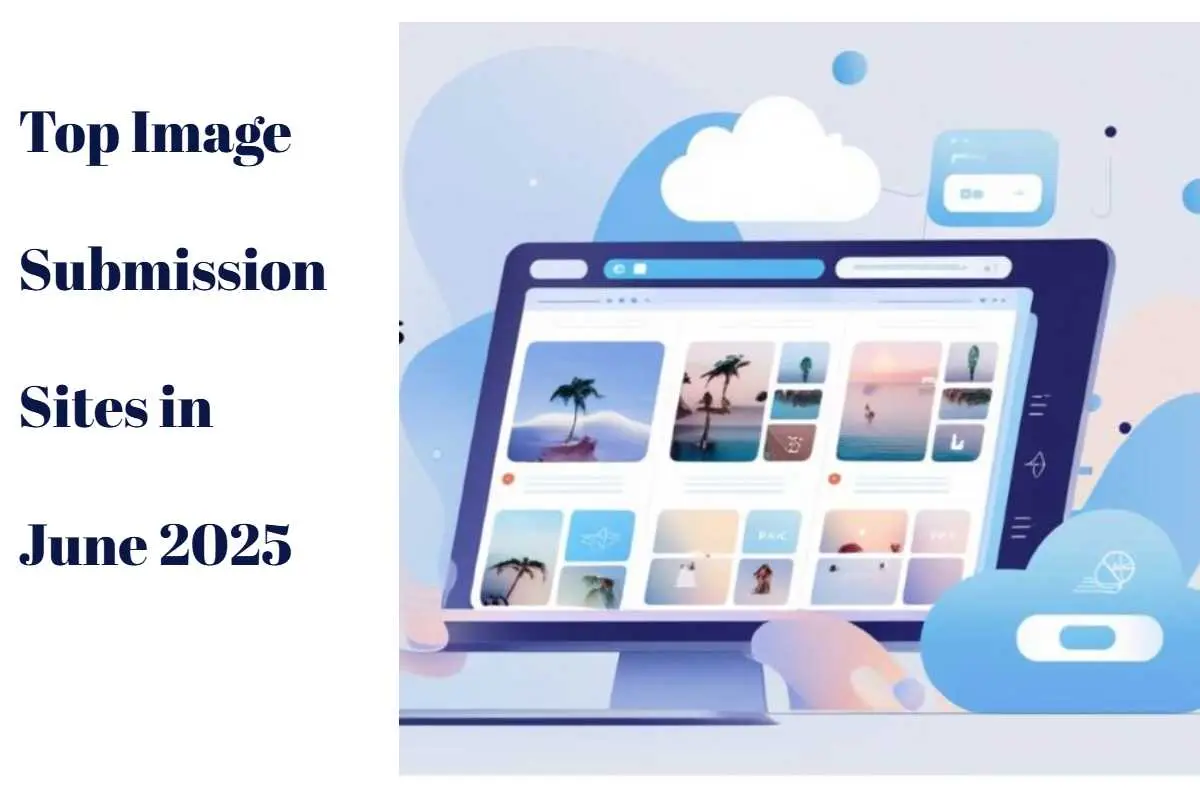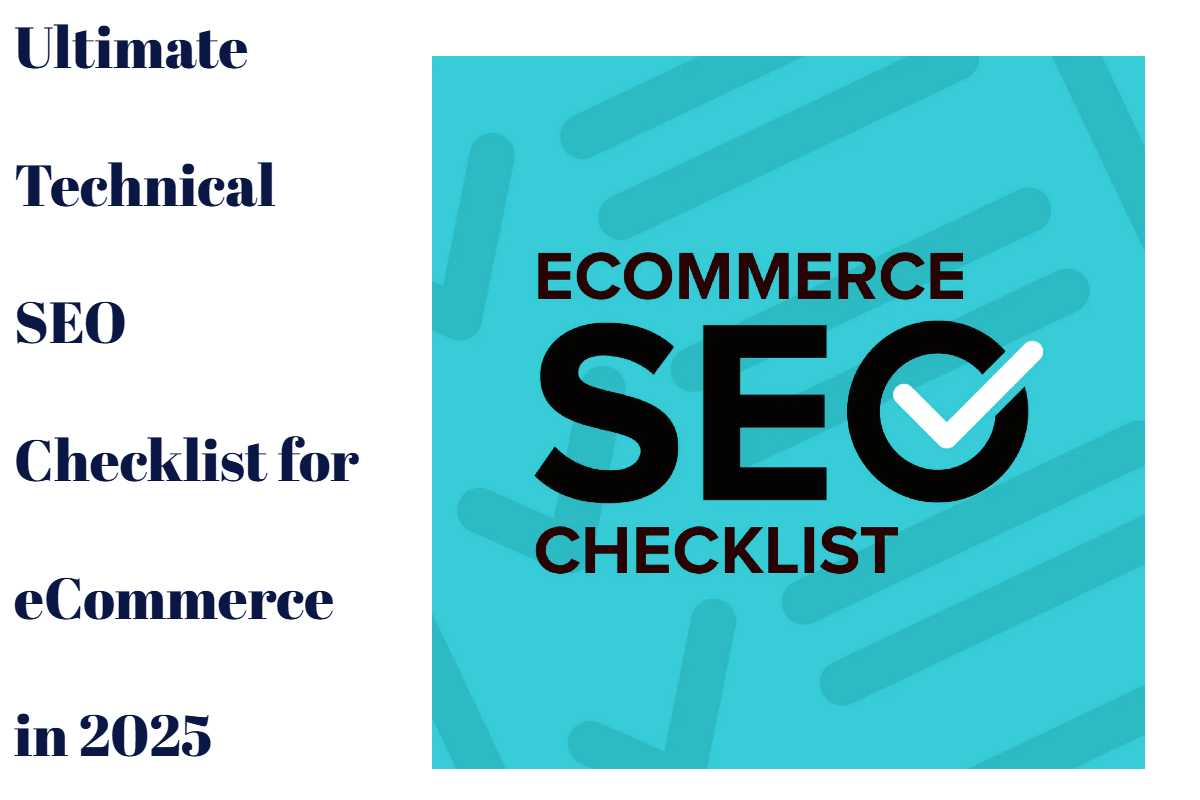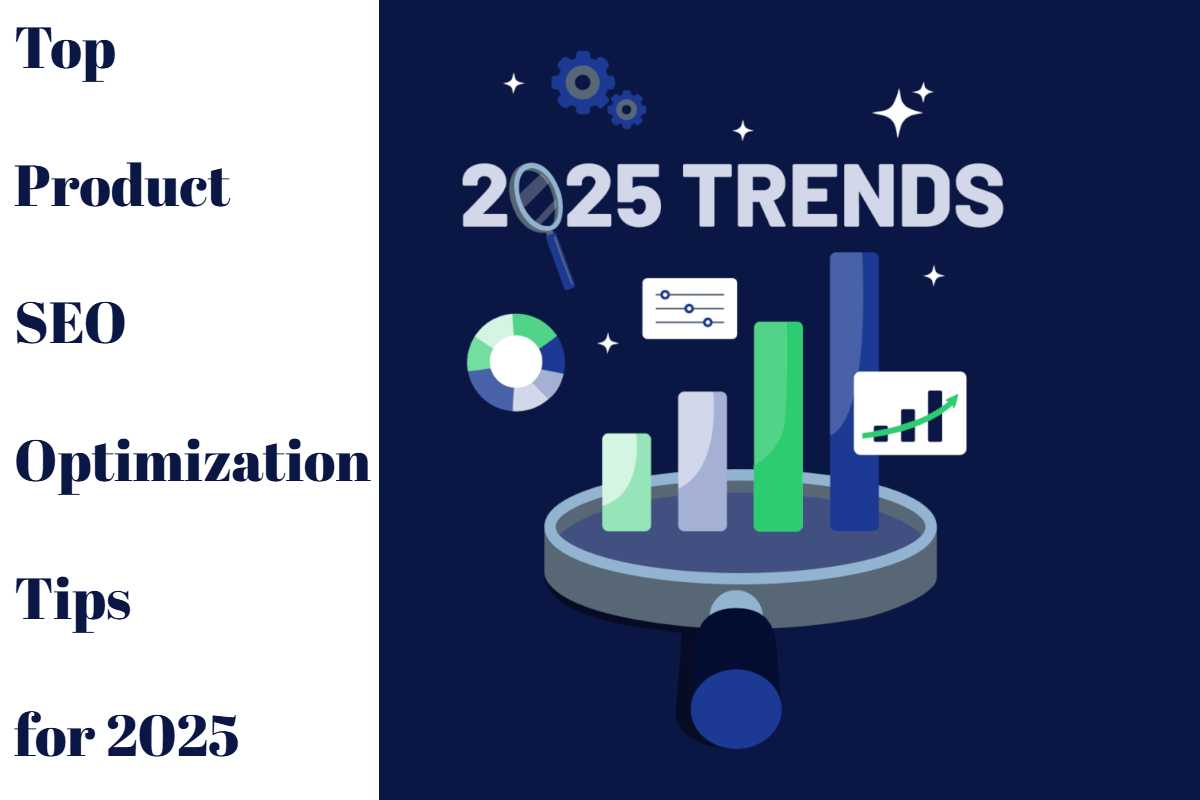On-page SEO continues to be the foundation of website optimization. Even with algorithm updates, AI-driven tools, and voice search technology, properly optimized web pages remain the gateway to ranking on the first page of Google.
On-page SEO techniques refer to the tactics you apply directly to your website’s content and structure to make it more attractive to both search engines and users. From keyword placement to metadata, these strategies ensure that your pages are readable, relevant, and valuable.
This guide breaks down the most effective on-page SEO techniques for 2025 and beyond.
What is On-Page SEO?
On-page SEO (also known as on-site SEO) involves optimizing individual web pages to rank higher in search engine results pages (SERPs) and earn more organic traffic.
Unlike off-page SEO, which involves external signals like backlinks, on-page SEO is entirely under your control.
Key Elements of On-Page SEO:
-
Content quality
-
Meta titles and descriptions
-
Header tags (H1-H6)
-
Keyword placement
-
URL structure
-
Image optimization
-
Internal linking
-
Page speed and mobile-friendliness
-
Schema markup
Why On-Page SEO is Essential in 2025
In 2025, Google’s algorithms are more intelligent than ever, thanks to advancements like RankBrain, BERT, and Helpful Content updates. Here’s why on-page SEO is critical:
Better Search Engine Understanding
Clear structure and proper optimization help Google understand page context and match it to user intent.
Improved User Experience (UX)
Fast, mobile-friendly, and well-structured pages keep users engaged longer — a positive ranking signal.
Competitive Advantage
Most businesses neglect technical or content-level optimization. By focusing on on-page SEO, you can outrank competitors even with fewer backlinks.
Top On-Page SEO Techniques for 2025
Here are the most effective on-page SEO techniques you must apply this year:
1. Do Smart Keyword Research & Placement
Use keyword tools like Google Keyword Planner, SEMrush, or Ahrefs to find relevant search terms. Then strategically place them in:
-
Title tag
-
Meta description
-
H1 tag
-
URL
-
First 100 words
-
Subheadings (H2-H3)
-
Image ALT text
Pro Tip: Use semantic keywords (LSI) and avoid keyword stuffing.
2. Craft Compelling Meta Titles and Descriptions
-
Title tags should be under 60 characters and include your primary keyword.
-
Meta descriptions should be around 155–160 characters and encourage clicks.
Example:
3. Use Header Tags to Structure Content
-
Use H1 only once per page, including your main keyword.
-
Use H2 for main sections and H3 for sub-sections.
-
Proper structure improves readability and helps search engines crawl content efficiently.
4. Optimize Your URL Structure
Short, readable URLs improve CTR and SEO. Use hyphens to separate words and include your target keyword.
Bad URL:example.com/blog/post123?id=876
SEO-Friendly URL:example.com/on-page-seo-techniques
5. Improve Page Load Speed
In 2025, site speed is a ranking factor. A slow website drives users away.
Tips to improve speed:
-
Use WebP or AVIF images
-
Enable caching
-
Minify CSS, JS, and HTML
-
Use a fast web host
-
Implement lazy loading
Test using Google PageSpeed Insights or GTmetrix.
6. Make Your Website Mobile-Friendly
Over 70% of web traffic comes from mobile. Use responsive design to adjust layout based on screen size.
Use Google’s Mobile-Friendly Test Tool to ensure your site passes.
7. Include Internal and External Links
Link to other relevant internal pages using descriptive anchor text. It boosts site structure and keeps users on your site longer.
Add external links to authority sources (e.g., Google, Wikipedia) to add credibility.
8. Use Optimized Images and ALT Text
Search engines can’t “see” images — they rely on ALT text.
Image best practices:
-
Use descriptive filenames:
on-page-seo-2025.png -
Compress files to reduce load time
-
Add keywords in ALT attributes
9. Add Schema Markup (Structured Data)
Schema helps search engines display rich snippets like ratings, FAQs, or product details in search results.
Use schema for:
-
Articles
-
Products
-
Reviews
-
FAQs
-
Events
Tools like Schema.org or Google’s Structured Data Markup Helper make implementation easy.
10. Write for Humans First, Search Engines Second
Engaging content that answers search intent will always perform better than content written for bots.
Tips:
-
Use short paragraphs and bullet points
-
Avoid jargon
-
Include visuals (images, videos, infographics)
-
Break text with subheadings
11. Target Featured Snippets
Answer common questions directly in your content to increase your chance of appearing in Position Zero.
Example format:
What is On-Page SEO?
On-page SEO refers to the process of optimizing web pages to improve a site’s search engine rankings and user experience.
12. Focus on E-E-A-T (Experience, Expertise, Authoritativeness, Trust)
In 2025, Google ranks content higher that’s written by real experts and demonstrates authority and trust.
Boost E-E-A-T by:
-
Including author bios
-
Citing reputable sources
-
Getting featured in trusted sites
-
Earning good reviews and testimonials
On-Page SEO Tools You Should Use in 2025
| Tool | Use |
|---|---|
| Yoast SEO / Rank Math | On-page analysis for WordPress |
| SurferSEO | Content optimization based on SERP data |
| Google Search Console | Performance tracking |
| SEMrush / Ahrefs | Keyword and backlink data |
| Screaming Frog | SEO audits and broken link checks |
On-Page SEO Checklist 2025
✅ Keyword-optimized title tag
✅ Engaging meta description
✅ Clean URL with keywords
✅ Mobile-friendly responsive layout
✅ Fast page load speed
✅ H1 and structured headers
✅ Relevant internal and external links
✅ Optimized images with ALT text
✅ Schema markup for rich snippets
✅ High-quality, original content
Read Also:- Top Digital Marketing Agency in Patna 2025: Best Services, Trends & Expert Guide
Frequently Asked Questions (FAQs)
What is the difference between on-page and off-page SEO?
On-page SEO focuses on optimizing elements within your website (content, meta tags, structure), while off-page SEO involves actions outside your website (backlinks, social signals).
How often should I update on-page SEO?
You should audit and update your on-page SEO every 3-6 months, especially if rankings drop or content becomes outdated.
Do images and videos affect SEO?
Yes. Optimized images and videos improve user engagement and can boost rankings, especially if they load fast and contain ALT text or transcripts.
Can on-page SEO alone help me rank #1 on Google?
It’s a crucial part of SEO, but to rank #1, you also need high-quality backlinks, great content, and a good technical foundation.
What is the best on-page SEO plugin for WordPress?
Yoast SEO and Rank Math are the most popular, offering keyword analysis, readability checks, schema integration, and more.
Conclusion: Master On-Page SEO to Dominate SERPs in 2025
With search engine algorithms evolving rapidly, on-page SEO is your constant ally. It’s the first step in building a search-optimized, user-friendly website that Google loves.
When done right, it:
-
Improves search rankings
-
Increases organic traffic
-
Builds trust and authority
-
Boosts conversion rates
So whether you’re starting a new blog or running an eCommerce business, use these on-page SEO techniques as your blueprint for success in 2025.


